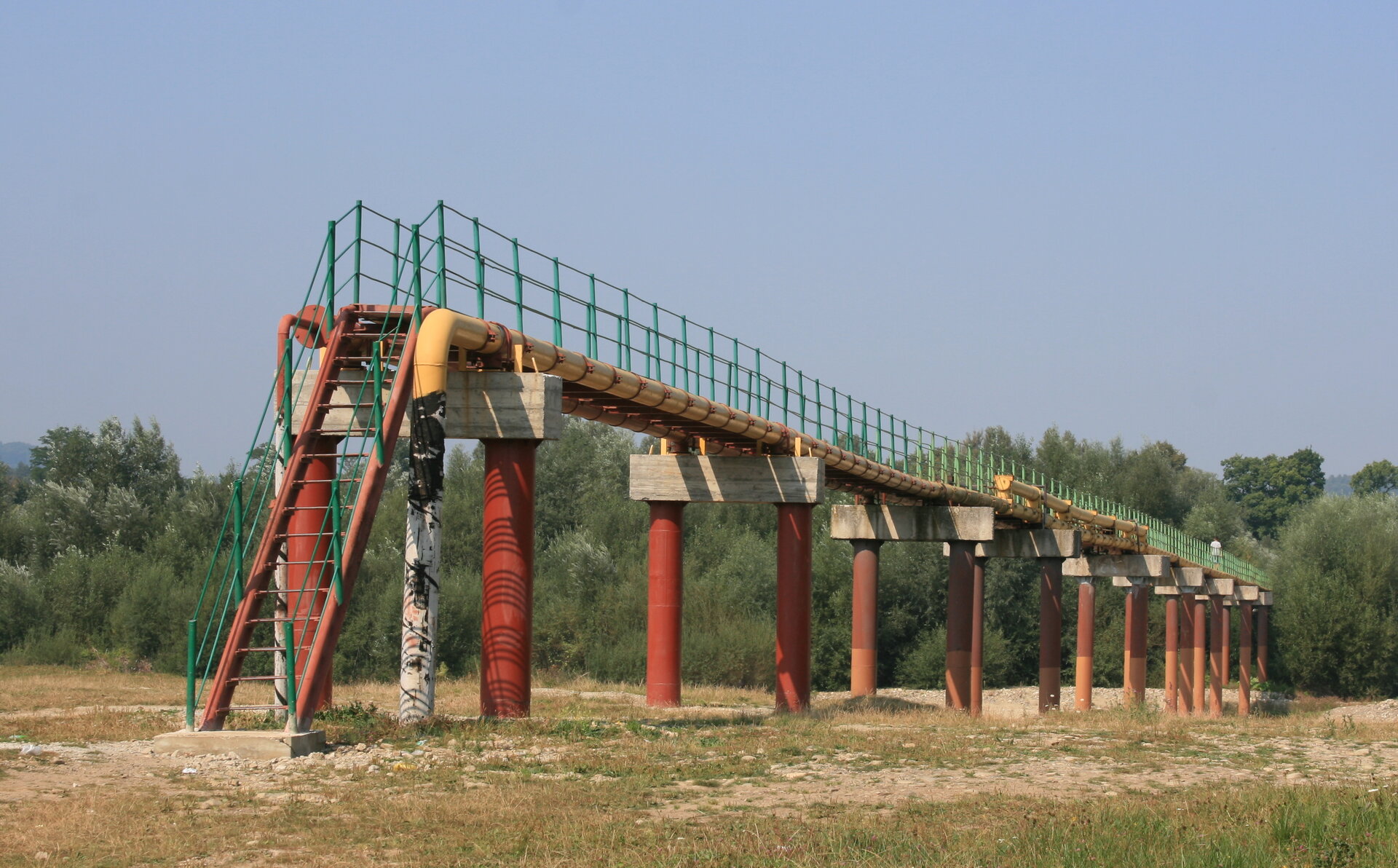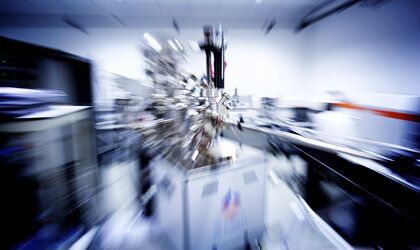Trusty, not rusty, pipelines owe a debt to space
When a Dutch company working on soil pollution teamed up with ESA to build a better, bacteria-based air filter for space, they also created the foundation for a new way of keeping iron pipelines from corroding in the ground.
Until recently, finding corrosion on pipelines was like looking for a needle in a haystack. With thousands of kilometres of pipeline to check, companies had to send inspectors out on spot checks and hope for the best.
Now, pipeline owners can identify which stretches of soil are inhabited by corrosion-causing bacteria, and then target these weak spots.
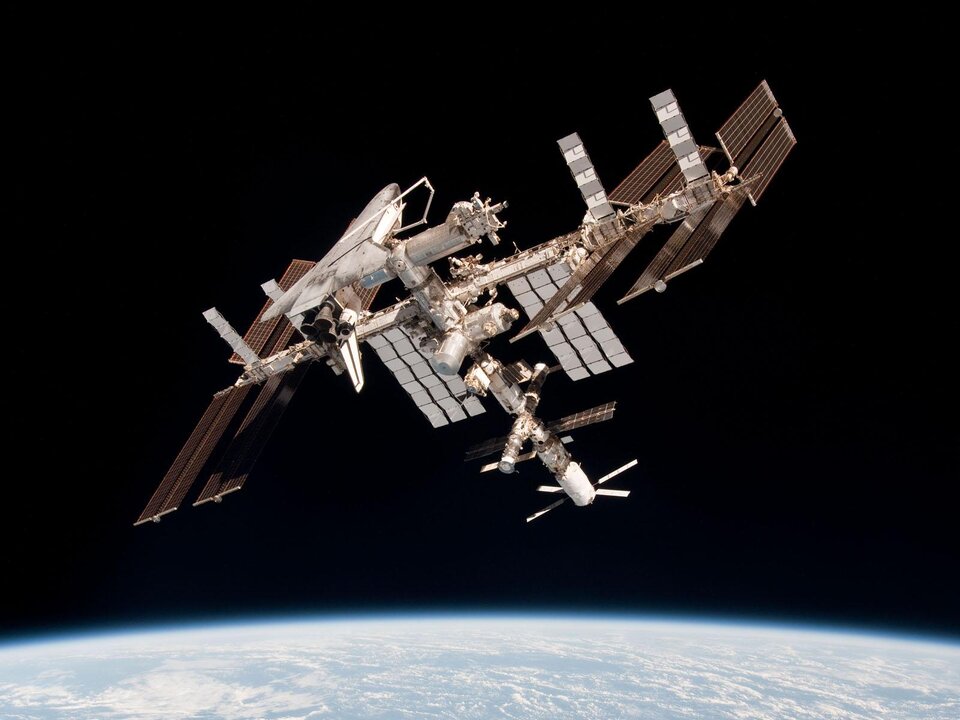
It all came about thanks to ESA’s efforts to make sure the air in space stations is safe to breathe. One idea was to create a biological air filter. Among other partners, ESA called on Bioclear, a Dutch company focused on soil pollution.
“In a spacecraft you have a lot of contaminants that build up,” explained Sytze Keuning, CEO of Bioclear. “It’s not so different from your office. There, you have furniture and it has chemical substances such as the glue used in the desk that evaporates in low concentrations.”
While an office worker can just open a window, astronauts have no such option: “A spacecraft is a closed system. Contaminants build up.”

To solve this problem, Bioclear scientists drew on their experience working with microbiology to remove pollutants from soil. Using bacteria, they created a system that degrades contaminants into carbon dioxide and water, which could then be reused in the spacecraft. “The system recycles itself,” said Sytze. “It’s a living system, like in nature.”
However, this posed a new potential risk. What if, in addition to breeding ‘good’ bacteria, the biological air filter also started to breed ‘bad’ bacteria?
ESA and Bioclear decided that they needed to develop a screening method that could quickly tell astronauts if there were harmful bacteria in the filter. “After all, pathogens could start to grow, and then we need to be warned in an early stage,” said Sytze.
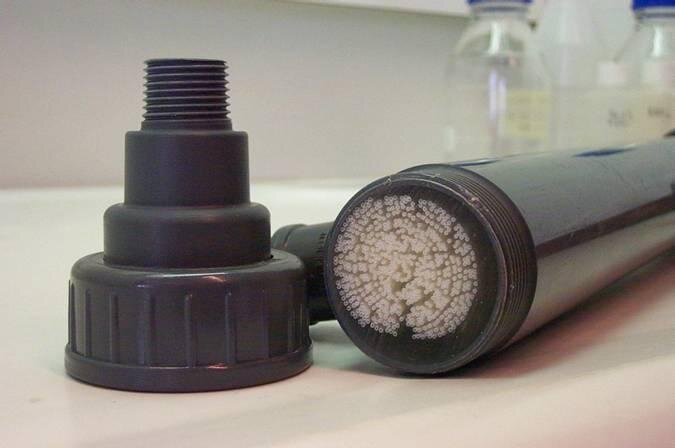
Bioclear turned to DNA analysis and created an artificial strand of a pathogen’s DNA. This artificial strand was then impregnated with fluorescent compounds. These would be coloured, say, blue. If the artificial DNA strand came into contact with the pathogen, it would bind with the pathogen’s DNA. Then, under a microscope, dangerous pathogens would show up blue.
“Already, at the time, we expected that this was a promising technique,” said Marc Heppener, who was Head of Science and Applications in the ESA directorate of Human Spaceflight and Exploration at the time, “so we were keen to validate it for the space environment in view of its many advantages.”
Space microbial analysis helps on Earth
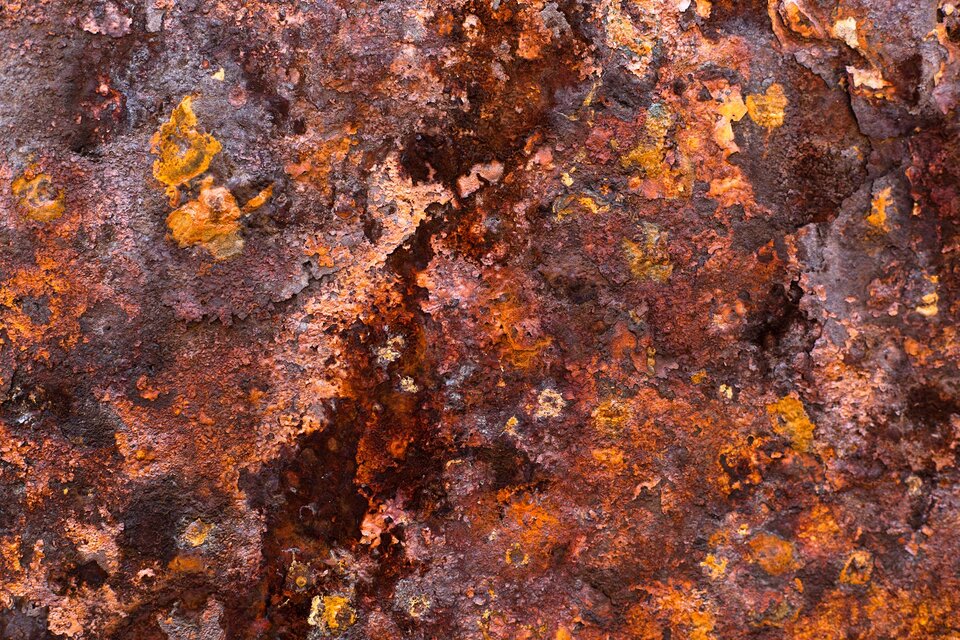
ESA was also eager to explore the technology's potential on Earth. “Together with the Dutch Technology Transfer Programme and national funds, ESA’s Technology Transfer Programme supported Bioclear in assessing the feasibility of applying this technology on Earth, as well,” explained Len van der Wal of TNO, the Dutch broker in ESA's Technology Transfer Programme network supporting industry in using technologies developed for space programmes to improve terrestrial applications.
“Now, Bioclear uses this same technology in multiple field applications on Earth, for example, cleaning contaminated soil.”
Once their work with ESA was finished, Bioclear continued honing the DNA screening techniques they had developed with the space agency.

Today, thanks to their Microbial Analysis technology, Bioclear can identify the presence of a bacterial threat in water or soil. They can also estimate how powerful that threat might be.
This has come in handy for a variety of commercial applications, from tracking hygiene issues in drinking water to monitoring pollutant-degrading bacteria in contaminated soil. However, ‘biocorrosion’ is their largest market.
Fighting rust
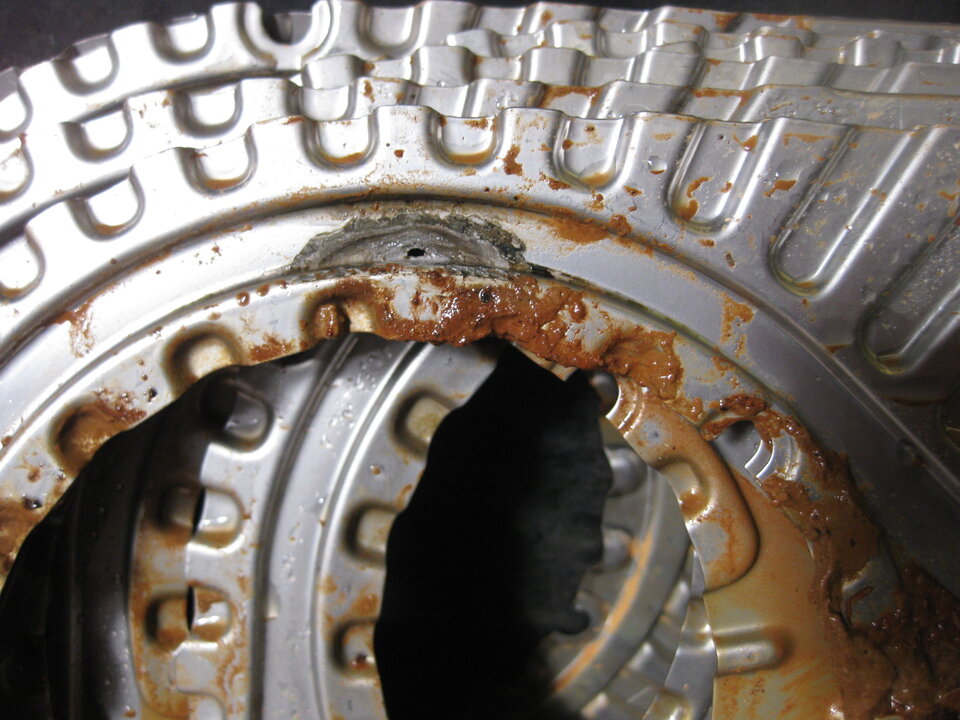
“Corrosion of metal is a chemical process,” explained Sytze. “But 40–50% of this corrosion is stimulated by certain bacteria.”
By analysing a sample of water or soil, Bioclear determines the risk posed to metals there.
This is useful in a number of scenarios, including ships docked in harbours. But one of the company’s largest biocorrosion markets is pipelines, says Sytze: “A pipeline is in the ground, running through different soil types. If you know a certain soil promotes corrosion, you can adjust your inspection schedule.”
Noting that certain bacteria can speed the corrosion of metal by up to 100 times, Sytze added: “When you have kilometres of pipeline, it’s interesting to know where the weak spots are.”
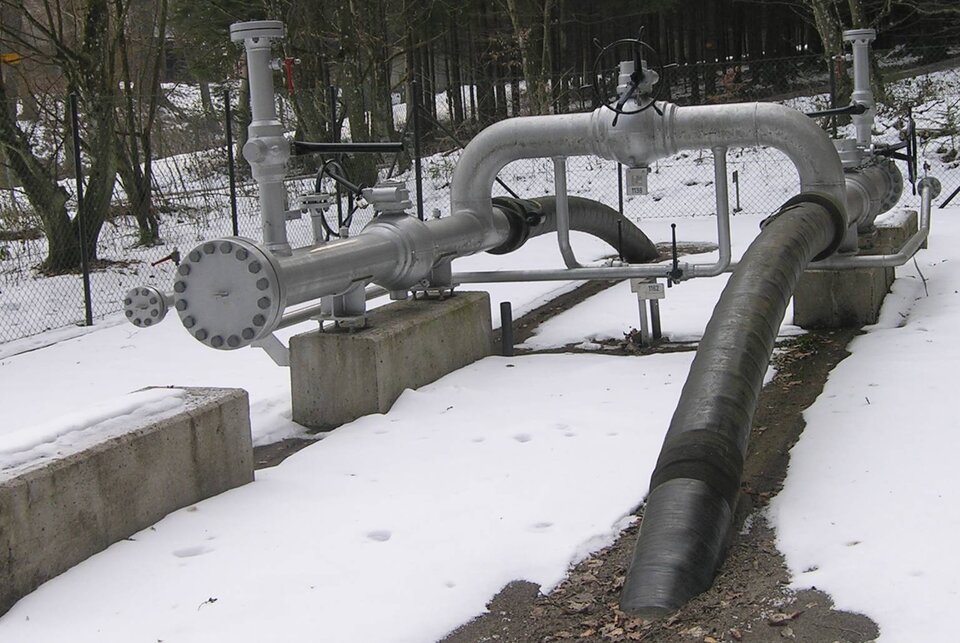
Maurice Walrave of Europe Exova in the Netherlands said his company has been using Bioclear’s approach for more than a year, mostly for clients working with pipelines.
“Bioclear uses DNA analysis, which gives us a lot of information for our customers,” said Maurice. “There’s a huge demand.”
This year, the company launched Bioclear Microbial Analysis, a spin-off company focused on the DNA-screening technology that emerged from Bioclear's work in space.
“This is very satisfying, from an ESA perspective,” ESA’s Marc Heppener said. “We co-invested in research that was interesting both for space applications and for Earth.”

Bioclear is also happy about its space connection, as this spin-off has made it possible to create new business and jobs in the Netherlands.
“We were very early in field of microbial analysis using these techniques,” notes Sytze. “The work with ESA was very important, otherwise we could have never started in this field. Ten years later, it might have been too late to get the position we have now.”


